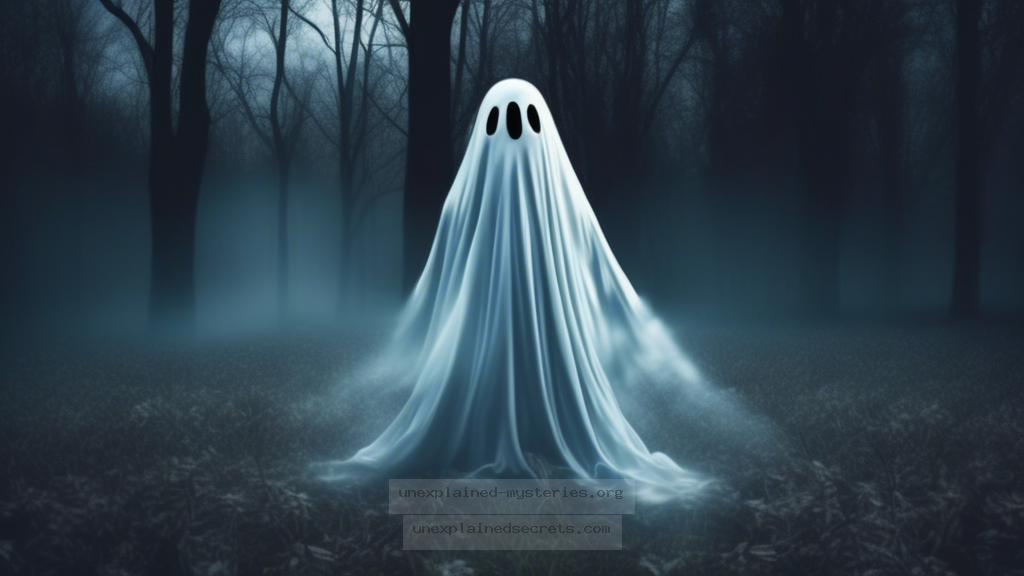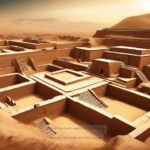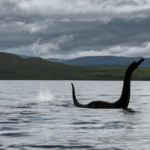What Do Ghost Sightings Reveal About the Nature of Reality?
What Do Ghost Sightings Reveal About the Nature of Reality?
The phenomenon of ghost sightings has captivated humanity for centuries, raising questions about the very fabric of reality itself. Are these apparitions merely figments of our imagination, or do they signify something deeper? Understanding ghost sightings can lead us to explore not just the paranormal, but the nature of existence, consciousness, and even the afterlife. This exploration has implications for science, philosophy, and our everyday lives. In this post, we will delve into the complexities surrounding ghost sightings, offering a comprehensive view of the subject.
Historical Context of Ghost Sightings
Ghost sightings have been documented throughout history, crossing cultural and geographical boundaries. Ancient civilizations, from the Egyptians to the Greeks, recorded encounters with spirits and the afterlife in their texts and art. For instance, the ancient Egyptians believed in a complex afterlife, where the dead would be judged by Osiris. If deemed worthy, they would continue to exist in a spirit form. The Greek philosopher Plato also touched on the concept of the soul and its immortality, hinting at the possibility of existence beyond physical death. These early beliefs have shaped modern interpretations of ghost sightings.
Core Concepts and Theories
Several theories have emerged to explain ghost sightings. Here are some of the core concepts:
- Residual Haunting: This theory posits that some ghost sightings are merely recordings of past events that replay under certain conditions, often tied to specific locations.
- Intelligent Spirits: Some believe that ghosts are conscious entities, often tied to individuals who have passed and choose to communicate with the living.
- Psychological Theories: These theories suggest that ghost sightings may stem from psychological phenomena such as pareidolia (seeing patterns in random stimuli) or sleep paralysis.
- Quantum Theories: Some scientists suggest that quantum mechanics could play a role in ghost sightings, proposing that consciousness exists in a multi-dimensional space.
Real-World Examples of Ghost Sightings
Numerous documented cases of ghost sightings exist, often accompanied by eyewitness accounts and photographic evidence. One notable example is the famous Amityville Horror case from the 1970s, where the Lutz family claimed to experience a series of paranormal events in their home. This included sightings of apparitions, strange noises, and even physical disturbances. The case gained significant media attention and has since been the subject of numerous films and books, raising questions about the authenticity of such experiences.
Another compelling instance is the Tower of London, a historic site with a long history of ghost sightings. Visitors and staff have reported encounters with the spirits of Anne Boleyn and other historical figures. The consistency of these sightings over centuries adds to the intrigue surrounding the phenomenon.
Practical Implications and Evidence
The implications of ghost sightings extend beyond mere curiosity. For many, these experiences can serve as comfort, offering a sense of connection to lost loved ones. In a psychological context, such encounters might aid in the grieving process, helping individuals cope with loss. However, skeptics argue that the lack of empirical evidence challenges the validity of these experiences. Ghost hunting has become a popular pastime, utilizing technology such as EMF detectors, infrared cameras, and audio recorders to capture potential evidence of the paranormal.
Alternative Perspectives on Ghost Sightings
While many embrace the idea of ghosts, others remain skeptical. Some argue that ghost sightings can often be attributed to environmental factors, such as electromagnetic fields or infrasound, which can induce feelings of unease or hallucinations. Scientific explanations suggest that many ghost sightings may stem from a combination of psychological stress, cultural influences, and natural phenomena. This perspective emphasizes the need for critical thinking when evaluating ghost encounters, encouraging individuals to consider both the scientific and the spiritual.
Common Misconceptions and Clarifications
Myths surrounding ghost sightings abound, often leading to misunderstandings about their nature. One common misconception is that all ghost sightings are inherently negative or malevolent. In reality, many reported encounters are benign or even positive, providing comfort and closure to those experiencing them. Another myth is that ghosts are always visible to everyone present. In truth, experiences can be highly subjective, varying from person to person based on their beliefs and emotional state. Understanding these misconceptions can help demystify the phenomenon and encourage more open-minded discussions.
Best Practices for Investigating Ghost Sightings
For those interested in exploring ghost sightings, following best practices can enhance the investigation’s credibility. Here are several recommendations:
- Document Everything: Keep a detailed record of experiences, including dates, times, locations, and specific occurrences.
- Use Technology Wisely: Employ reliable equipment, such as audio recorders and cameras, but be aware of their limitations.
- Collaborate with Others: Team up with experienced ghost hunters or paranormal investigators to gain insights and support.
- Remain Objective: Approach each investigation with an open mind and a critical eye, avoiding biases that may cloud judgment.
Future Developments and Ongoing Research
The investigation of ghost sightings is an evolving field, with ongoing research into related topics such as consciousness, quantum physics, and psychology. Technological advancements may lead to new methods for capturing evidence of ghostly encounters. Additionally, interdisciplinary approaches incorporating psychology, neuroscience, and cultural studies can provide a more comprehensive understanding of the phenomenon. As research continues, we may uncover new insights that bridge the gap between the scientific and the supernatural.
Conclusion: The Enigmatic Nature of Ghost Sightings
Ghost sightings remain one of the most enigmatic phenomena in human experience, challenging our understanding of reality and existence. Through historical exploration, core concepts, real-world examples, and ongoing research, we gain a deeper appreciation of what these sightings might mean. While skepticism is crucial, so too is an open mind—after all, the truth behind ghost sightings may ultimately reveal more about ourselves than the ghosts we seek to understand.
Other Articles
Recent Posts
- What Happened to Flight MH370? The Conspiracy Theories That Still Haunt Us
- What Secrets Lurk Within the Walls of the Infamous Trans-Allegheny Lunatic Asylum?
- What Evidence Supports the Existence of Bigfoot in the Pacific Northwest?
- What Happened to the Indus Valley Civilization? Unraveling the Mysteries of Ancient Urban Life
- Can Telepathy Be Scientifically Proven Through Laboratory Evidence?







